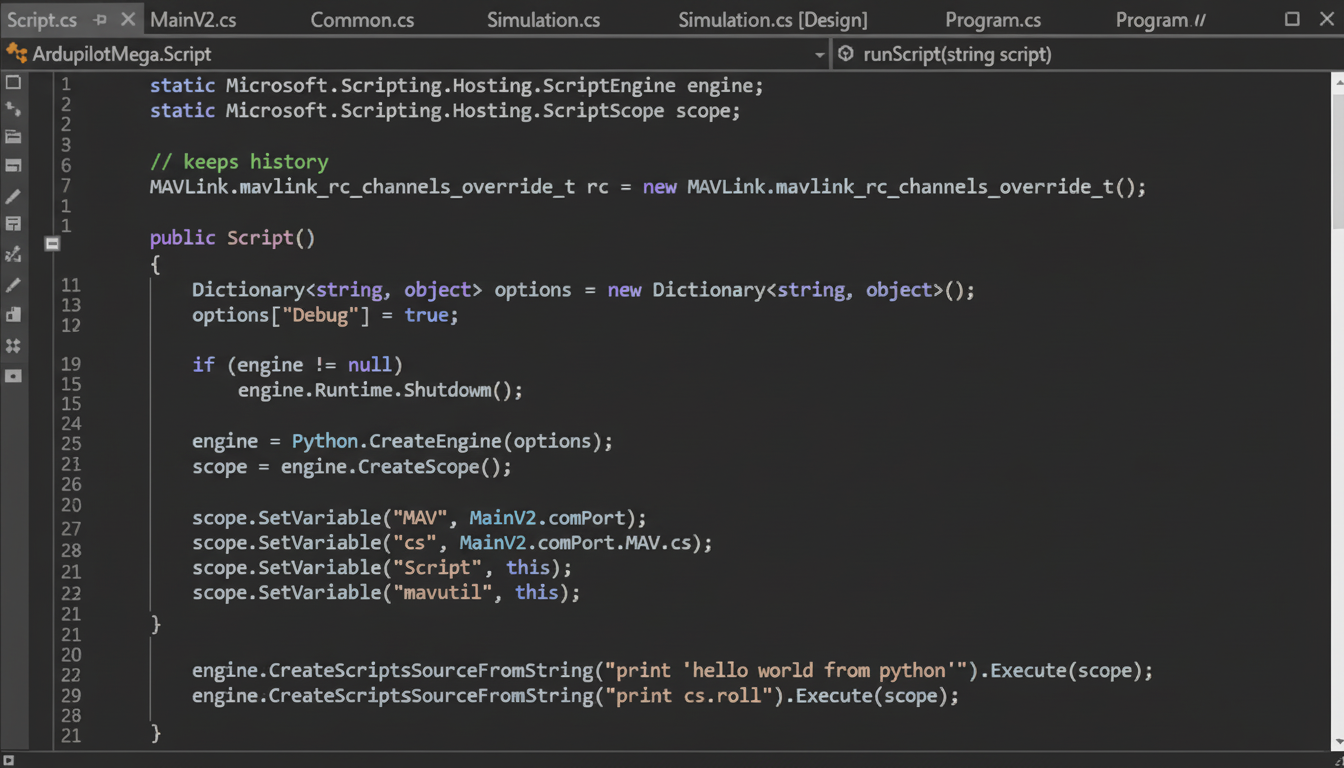A defense startup, emerging from six years of stealth work in Silicon Valley, is pitching a deceptively modest plan to use artificial intelligence to shorten the time it takes the Pentagon’s computer systems to plan complex operations. Pytho AI wants to reduce mission planning that takes days to a matter measured in minutes. The company is expected to provide a public demonstration of its software at Disrupt 2025, featuring an AI-enabled solution that can produce, modify, and share military plans with the same velocity at which operations are conducted.
Mission planning is as much a part of exercises and humanitarian operations — from flight sorties to sea patrols to disaster relief and humanitarian assistance — as it is of major combat operations. Even now, most of that work takes place in Microsoft Word or PowerPoint, with planners piecing together maps, tables, and annexes before sending them up the chain of command. Pytho says that a five-person cell can spend some 12,000 minutes over the course of five days blazing through upwards of 150 artifacts and that about 70% of the time is spent shuttling data instead of deciding what to do with it. Plans frequently go stale before they’re cleared, and they rarely get a full-scale alternative developed.

Why We Are So Bad at Mission Planning Today
Today’s operations are skinnier and fatter — streamlined as far as time is concerned, bloated by the data that they require. The Joint Planning Process and the Army’s Military Decision-Making Process demand granular analysis — mission analysis alone requires dozens of subtasks — but legacy tools create drag. RAND and other defense research institutions have cautioned that manual labor slows the “observe, orient, decide, act” cycle, making commanders reactive instead of proactive. The U.S. drive toward Joint All-Domain Command and Control wants to connect sensors with shooters, but planning is still a bottleneck where information gets reformatted, copied, and re-aggregated.
Inside Pytho AI’s Approach to Faster Mission Planning
Pytho’s fundamental premise is to preserve the familiar structure of military planning — templates, annexes, synchronization matrices — while relying on a system of AI agents to populate and update them automatically. Rather than a freeform chatbot, the interface reflects military planning doctrine so junior specialists and general officers can use it without retraining. The first demo is focused on mission analysis, a time-consuming phase that’s sometimes broken down into 48 discrete steps, slashed to just minutes by ingesting data, creating products, and then proposing initial courses of action.
Humans remain in the loop. Planners can manually touch every line of this, with the software surfacing confidence scores, sources, and assumptions for each for auditability. The system plugs into Microsoft products to match existing workflows, churning out the briefing decks and docs units need. The team has four employees, split between Washington, D.C., and San Francisco, but it claims to have embedded engineers working with units across multiple services to co-develop workflows that will validate the approach on real planning problems.
Technical and Deployment Considerations for Defense Use
With any planning tool in defense, deployment is as important as features. Pytho claims it can operate its software in government cloud environments and on secure networks, complete with audit trails and role-based access controls needed for an Authority to Operate. The 2022 Zero Trust Strategy for the Department of Defense makes identity, device, and data risk-based priorities in mission planning and requires immutable logs, model versioning, and clear provenance to meet risk owner requirements. The company stresses it is aligned with the DoD’s AI Ethical Principles — responsible, traceable, and governable AI — with humans in the loop for making final decisions.

Planning data comes from unclassified and classified sources, from weather and logistics systems to intelligence feeds. And to gain credibility beyond demos, Pytho will have to prove it can work in disconnected or edge environments, support classified deployments, and gracefully degrade amidst thin data or contested data — realities for expeditionary units and distributed maritime operations.
Market and Competitive Landscape for Military Planning
There are already too many products like this in defense, but they’re all quite specialized. Palantir’s software powers planning and readiness analytics in programs such as Army Vantage. Anduril and others stitch data together for operational pictures, while Shield AI and a handful of other companies concentrate on autonomy, which relies on rapid planning under the hood. Prime contractors also integrate planning modules into command-and-control suites. Pytho is gambling that a more narrowly focused tool — one optimized for fast, doctrinal planning — can fit nicely into that ecosystem, plug into JADC2 data standards, and not become another “like” system.
Breaking in remains hard. The Government Accountability Office has warned time and again of slow software adoption and of data that is scattered across the services. Other pathways, such as through Small Business Innovation Research, Other Transaction Agreements, and mechanisms like the Defense Innovation Unit or Tradewinds, can speed fielding, but programs must still transition from pilots to production contracts. Projects like Replicator lean toward favoring velocity, but longer-term traction will depend on user love, demonstrable impact, and cyber accreditation.
What to Watch at Disrupt 2025 for Pytho AI’s Demo
New users will want something tangible: end-to-end planning time slashed by 80–90%, scenarios created and compared automatically, fewer staff hours lost to push-and-drag operations. Just as important is transparency (can planners see the sources and reasoning around a model?), interoperability (exports that align with doctrine and JADC2 interfaces), and resilience (operating in low-connectivity environments). For example, anticipate humanitarian support, contested logistics, and air tasking to demonstrate breadth rather than a single point solution.
If Pytho is capable of maintaining plans as facts change, it’s not just helpful for staff work; it could shorten decision cycles and boost the readiness of the entire force. The company’s Disrupt 2025 demo will provide an early indication as to whether a focused small team can move mission planning from static documents to living plans that evolve at the speed of operations.

